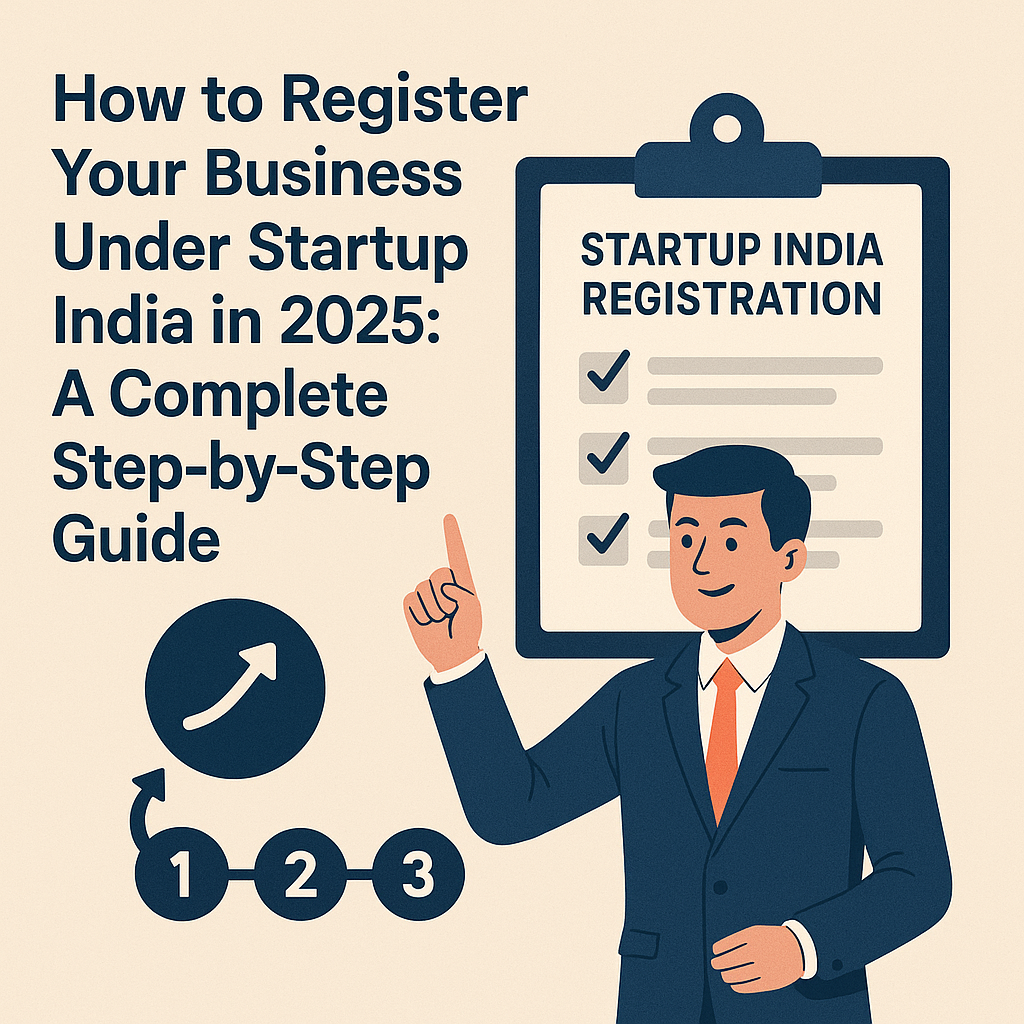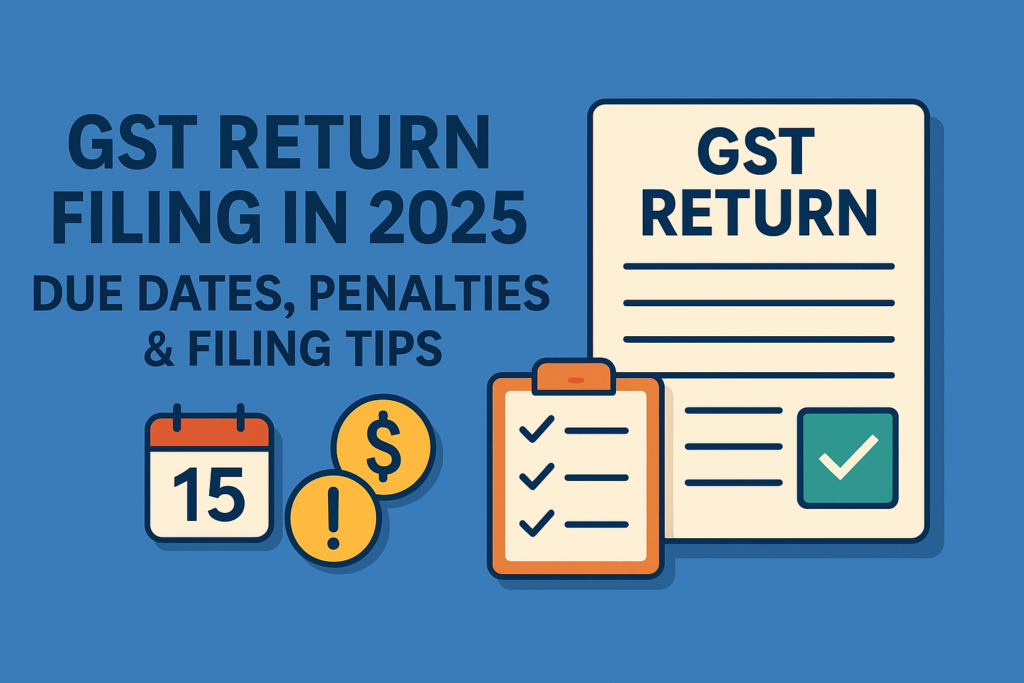
The Indian stock market is rapidly evolving, with investors constantly eyeing the next big opportunity. Among the most talked-about names is Flipkart — one of India’s leading e-commerce giants. As speculation about its IPO continues to build, investors are keen to understand the Flipkart share price forecast for 2025 and whether it stands as a solid investment. In this blog, we will delve into Flipkart’s business model, upcoming IPO possibilities, expert forecasts, and how it compares to trending stocks like Zerodha and NBFCs.
I. Flipkart Company Overview
Founded in 2007 by Sachin and Binny Bansal, Flipkart quickly emerged as one of India’s biggest e-commerce platforms. It was acquired by Walmart in 2018, which further strengthened its financial backbone. The company currently operates in various segments including:
- Online retail (via Flipkart.com)
- Fashion (Myntra)
- Logistics (Ekart)
- Payments (formerly PhonePe)
- Healthcare (Flipkart Health+)
Flipkart holds a significant market share in the Indian e-commerce industry and continues to expand aggressively in Tier-2 and Tier-3 cities.
II. Flipkart IPO Status: Is It Public Yet?
As of April 2025, Flipkart has not yet launched its IPO, but multiple reports suggest that the company is preparing for a public listing, potentially within the year. Walmart has hinted at Flipkart’s IPO in both Indian and U.S. markets, depending on regulatory and market conditions.
An IPO from a company of Flipkart’s scale is expected to attract massive investor interest. Experts estimate Flipkart’s valuation could range between $60 to $70 billion at the time of listing.
While Flipkart is not currently listed, financial analysts and market observers have projected potential share prices based on similar tech IPOs and market trends.
Estimated Share Price (Post-IPO 2025): ₹1,200 – ₹1,800 per share
Market Capitalization Target: $60B–$75B (₹5–6 lakh crore)
Factors supporting this forecast:
- Growing digital adoption in India
- Flipkart’s dominance in the online retail space
- Backing by Walmart, a global retail leader
- Expansion into groceries, healthcare, and fintech
IV. Key Factors Influencing Flipkart’s Stock Value
Several macro and microeconomic factors will influence Flipkart’s share price post-listing:
- E-commerce Growth: The Indian e-commerce market is expected to grow at a CAGR of 18–20% by 2025.
- Competitive Edge: Flipkart is well-positioned against rivals like Amazon, Reliance, and Meesho.
- Government Policies: Changes in FDI rules, GST regulations, and e-commerce norms can impact profitability.
- Profitability Path: Investors will closely monitor how fast Flipkart can transition from growth to profit.
V. Comparing Flipkart with Other Trending Stocks
Zerodha, India’s largest stock brokerage firm, is another hot IPO prospect. While both companies differ in sectors (e-commerce vs fintech), investor sentiment remains strong for both due to:
- Robust user base
- Tech-driven operations
- Profitable business models
Zerodha IPO Expected Price: ₹1,000–₹1,500 per share
Why Compare? Both companies are expected to list in 2025 and represent new-age tech ventures with strong growth outlooks.
Non-Banking Financial Companies (NBFCs) like Bajaj Finance and Muthoot Finance have delivered stellar returns over the past decade.
NBFC Share Price Growth (Past 5 Years):
- Bajaj Finance: ₹3,000 → ₹8,200
- Muthoot Finance: ₹400 → ₹1,250
While Flipkart belongs to a different sector, it’s valuable to compare:
- Risk appetite
- Regulatory challenges
- ROE (Return on Equity)
- Market sentiment
VI. Investment Analysis: Is Flipkart a Good Buy in 2025?
✅ Pros:
- Backed by Walmart, ensuring financial strength
- Massive user base and brand recognition
- Multi-sector operations (e-commerce, fintech, logistics)
- High investor interest pre-IPO
❌ Cons:
- Not yet profitable on a large scale
- Intense competition
- Sensitive to policy changes
Verdict: If you’re a long-term investor looking for a growth-centric stock, Flipkart can be a strong contender post-IPO. Short-term traders may need to watch for volatility.
Once Flipkart goes public, investors will be able to apply for its shares via:
- Zerodha Console
- Groww
- Upstox
Steps to Apply:
- Log in to your broker account (e.g., Zerodha)
- Go to the IPO section
- Select “Flipkart Limited”
- Enter lot size and price
- Submit using UPI
Post-listing, shares can be bought/sold like any other stock.
VIII. Expert Opinions and Analyst Insights
Experts from ICICI Direct, Motilal Oswal, and Kotak Securities believe Flipkart’s IPO could be one of the biggest in Indian history. They recommend long-term holding if listed near or below ₹1,500.
Market analysts also advise comparing Flipkart with:
- Amazon stock performance globally
- Reliance Retail’s potential IPO
- Other tech unicorns like Zomato, Paytm, and Nykaa
IX. Conclusion
Flipkart’s potential IPO and share price forecast for 2025 has generated significant buzz among investors. With solid business fundamentals, Walmart’s backing, and India’s booming e-commerce market, Flipkart could be a powerful addition to a long-term portfolio.
However, like any IPO, it carries risks — especially related to competition and profitability timelines. Investors are advised to monitor IPO developments closely and consider diversification by looking into other emerging sectors like fintech (Zerodha) and finance (NBFCs).
Final Tip: Follow market news, enable IPO alerts on your trading platform, and consult with financial advisors before investing.




